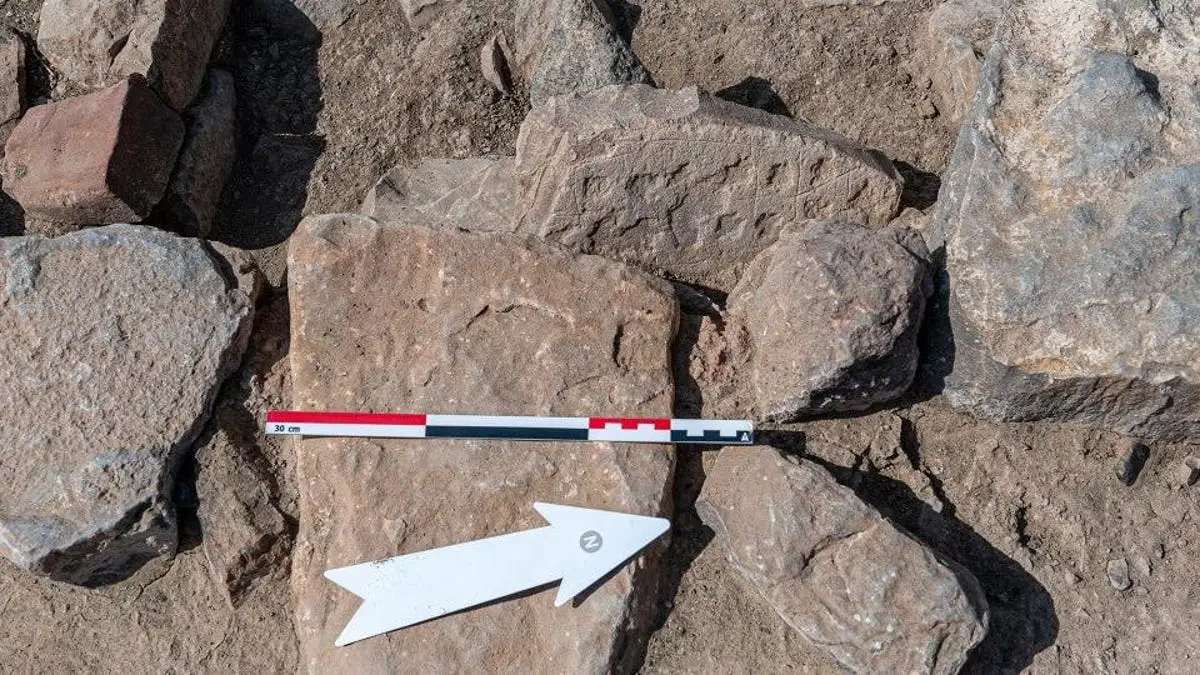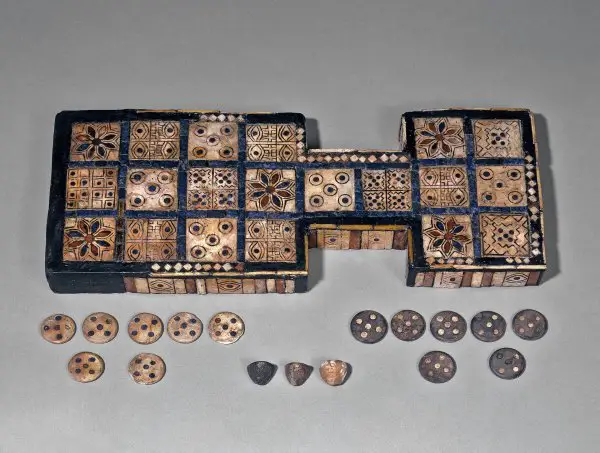Archaeologists Have Discovered A 4,000-Year-Old Board Game, Now They Just Have to Figure Out The Rules
Tags: News

Archaeologists in Oman have discovered a 4,000-year-old board game made out of stone. It was found near the Bronze and Iron settlements in the village of Ayn bani Saidah, part of the northern Hajar mountains’ Qumayrah Valley.
Subscribe to our Youtube channel, new videos every week:
“Such finds are rare, but examples are known from an area stretching from India, through Mesopotamia even to the Eastern Mediterranean,” Piotr Bielinski, a University of Warsaw archaeologist who co-led the excavations, said in a statement. “The most famous example of a game board based on a similar principle is the one from the graves from Ur,” an ancient royal cemetery in Iraq, (pictured below).

Board games have been in use for thousands of years. Bored Roman soldiers had carved a board game on the steps of Damascus Gate, Jerusalem, approximately 1,800 years ago.
Looking At The Board Games Discovered By The Archaeologists
This ancient game was discovered in 1922 and was 4,500 years old. It was also quite similar to the common game, backgammon, and was meant to be played by two players. The game mentioned by him is now in the British Museum in London.
READ: SCIENTISTS HAVE DISCOVERED THAT HONEYBEE VENOM KILLS AGGRESSIVE BREAST CANCER CELLS
The newly unearthed board game had grid-like markings which indicated different fields of play. It also possessed cup holes, but its rules have been lost to time.
The University of Warsaw’s Polish Centre of Mediterranean Archaeology and Oman’s Ministry of Heritage and Tourism is working hard on the field, led by Bielinski and Sultan Al Bakri. Al Bakri is the ministry director-general of antiquities.
The area surrounding the dig site has not been studied well in Oman but recent findings suggest that Qumayrah Valley could have been a part of a major trade route connecting several Arab cities.
“This abundance of settlement traces proves that this valley was an important spot in Oman’s prehistory,” Bieliński told the Daily Mail.
Several digs were also conducted by the archaeologists at the site and had yielded four towers. One of the towers was as tall as 60 feet and showed the first evidence of smelting copper in the area.
“The settlement is exceptional for including at least four towers: three round ones and an angular one,” says Agnieszka Pieńkowska of the Polish Center, who is analyzing the site’s artifacts and stone structures.
READ: A METEORITE OLDER THAN EARTH HAS BEEN DISCOVERED AND LIKELY CAME FROM A “PROTOPLANET”
“This shows that our settlement participated in the lucrative copper trade for which Oman was famous at that time,” Bielinski said in a statement.
Archaeologists had dated the settlements to the Umm an-Nar period, between 2,600-2,000 BC. The team had also found evidence that the region was an important trade and production site in the Iron Age II, from 1,100-600 BC.
Archaeologists have already planned to continue excavations near Ayn Bani Sa’dah, as well as to investigate near Bilt, which is at the other end of the valley.
Credits: Polish Centre of Mediterranean Archaeology, University of Warsaw.

Leave Comment: